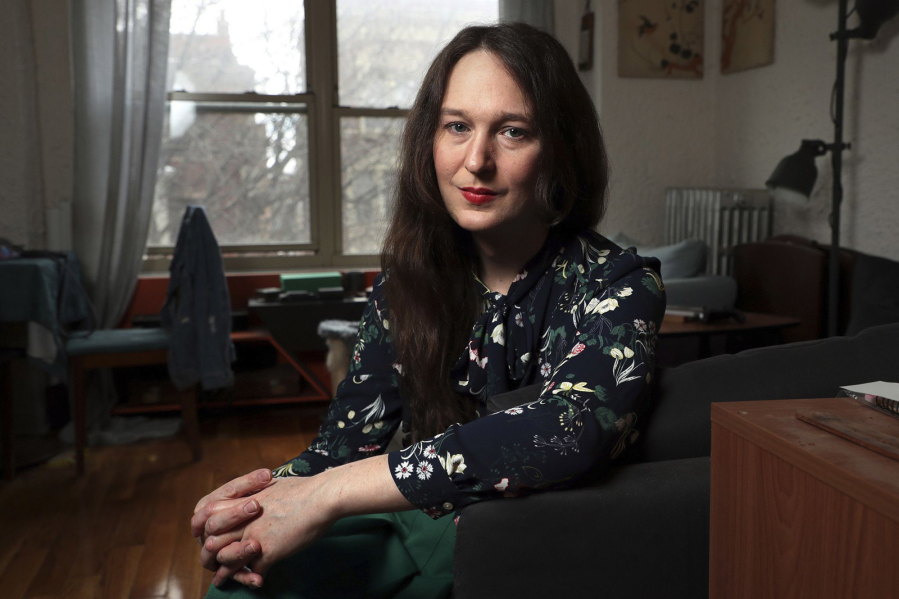CHICAGO — How much do you really know about civil rights activist Fannie Lou Hamer?
In these pandemic years, her story has been told on the Goodman Theatre stage and in Chicago parks by way of Chicago-born playwright Cheryl L. West and historian Keisha Blain, a fellow at the Carr Center for Human Rights Policy at Harvard University, who authored the book “Until I Am Free: Fannie Lou Hamer’s Enduring Message to America.”
Both writers share the story of Hamer, who died in 1977 and didn’t come to activism until her 40s, centering her voice on voting and women’s rights. The Mississippi sharecropper endured assaults, co-founded the Mississippi Freedom Democratic Party (or Freedom Democratic Party), and went to the 1964 Democratic National Convention to demand Mississippi Freedom Democratic Party delegates be seated in the convention, rather than the all-white Mississippi Democratic Party delegates. The move drew national attention to the plight of Blacks in the South. (Filmmaker Christine Swanson, Oscar-nominated actress Aunjanue Ellis, and DePaul University students filmed the short film “Fannie” at Cinespace Studios in October 2021. Ellis plays Hamer giving her testimony in front of the Democratic National Convention Credentials Committee Aug. 22, 1964.)
And on Feb. 22 and 24, respectively, another Hamer project will premiere on PBS and then WORLD Channel as part of “America Reframed’s” 10th season. Directed and edited by Edgewater resident Joy Davenport, “Fannie Lou Hamer’s America” is a documentary originated by Hamer’s grandniece Monica Land (a native Chicagoan) that tells Hamer’s story in her own words, with some never-before-seen photos and rare footage that family and film researchers uncovered.
“She (Hamer) deserves the kind of attention that the titans of the movement have gotten and she hasn’t for many reasons,” Davenport said. “I’m an activist, I am a radical. I want to see the same thing that she wanted to see and that Student Nonviolent Coordinating Committee wanted to see, which was people stepping up, asserting their rights, claiming their rights — and in places where their rights are being attacked — defending and entrenching their rights.”



